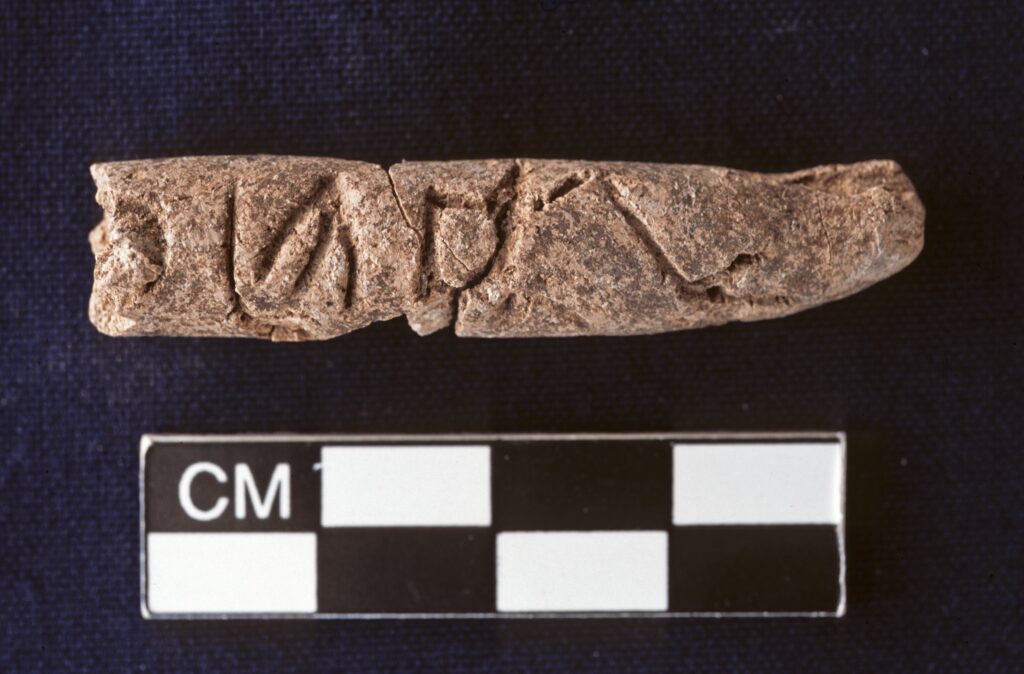[ad_1]
Alphabets might be 500 years older than previously believed, according to a recently published study by a Johns Hopkins University archaeologist.
During a 2004 dig of a tomb in the ancient city of Umm el-Marra in northern Syria, Glenn Schwartz and a team of researchers discovered four small clay cylinders, each bearing a series of inscribed characters.
Twenty years later, Schwartz argued that those artifacts, approximately four to five centimeters in length (~1.6 inches) and dating to around 2400 BCE, could represent the world’s oldest alphabetic writing system. Previously, scholars believed that the first alphabet was a Proto-Sinaitic script developed in Egypt before 1900 BCE.
During a November presentation of his findings at the annual meeting of the American Society of Overseas Research in Boston, shared with Hyperallergic, Schwartz said that cuneiform was previously the only writing system accounted for in Syria during the Early Bronze Age when the cylinders are believed to have been inscribed.

The symbols carved into the artifacts are distinct from characters associated with cuneiform, according to Schwartz, suggesting a new form of writing entirely. While cuneiform is considered the world’s oldest writing system, having emerged before 3400 BCE in Mesopotamia, it is neither an alphabet nor a language but rather a set of characters denoting syllables.
Schwartz explained that the clay cylinders resemble beads, which could mean they were strung together to function as a tag in the Umm el-Marra tomb.
One symbol carved into the clay is a circle with two dots, which appears on two of the cylinders. That recurrence, Schwartz said, strengthens the case that the symbols are actually alphabetic writing.
“The longer the sequence of symbols, the more likely that writing is involved,” Schwartz said, distinguishing alphabetic writing from semasiography, which refers to “signs functioning as mnemonic devices to represent ideas but not language.”

He added that characters from the clay fragments don’t convincingly match other writing systems, like hieroglyphs, suggesting that an original alphabet had formed at Umm el-Marra’s temple complex. Explaining that an alphabet may have formed in the ancient city to address increasing administrative needs, Schwartz invited philologists to decode its meaning.
“Writing often appears when a complex, urban society develops, which was certainly the case in the third millennium northern Levant,” Schwartz said in his remarks. “If the Umm el-Marra cylinders are tags or labels, this would be consistent with the association of writing with increasing administrative needs.”
[ad_2]
Source link

